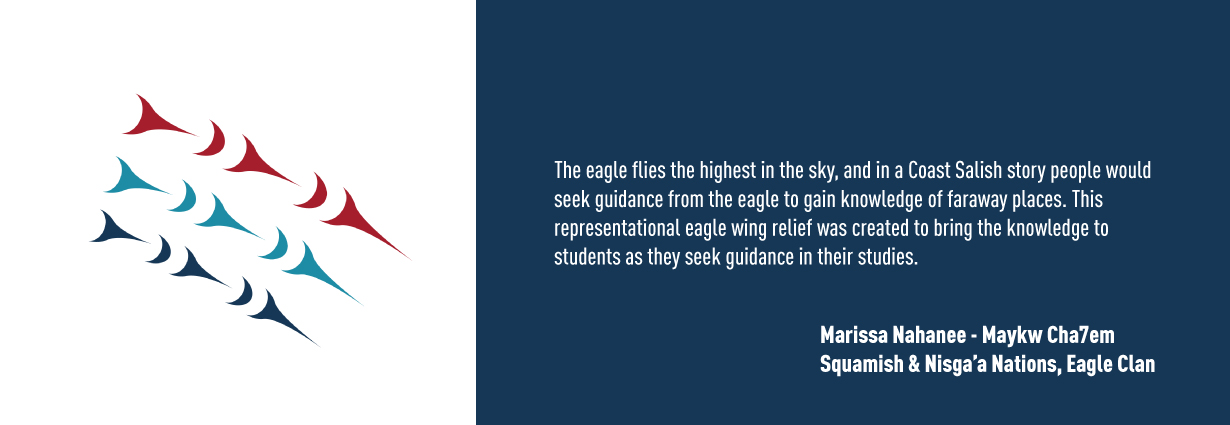
Contact Ashley Edwards, Indigenous Initiatives and Instruction Librarian, with any questions.
“Classification, however, although necessary in systems of language, contributes to hierarchies of power.” Vaughan (2018, p. 2)
How information is organized influences “the way we view reality” (Chester, 2006) and impacts how information is found. Library classification and categorization systems are primarily based on Western-European view of how information should be organized (Chester, 2006 ; Cherry and Mukunda, 2015). How library patrons “access, view, and use [that] knowledge” (Chester, 2006) is impacted by how it’s organized and classified. In the classifications systems used by most libraries, Indigenous topics are located primarily in the history sections. This impacts not only how people view those topics, but how Indigenous view themselves.
Indigenous knowledge organization: A relational way to arrange library materials
The late Mohawk librarian, Brian Deer, developed his system in the mid 1970s while working at the National Indian Brotherhood library. It was developed around Indigenous knowledge structures, and honours relationality above all else. The Brian Deer Classification (BDC) system prioritizes “issues of importance to Indigenous peoples, and described their world, their ordering of social relations, and in short, their epistemologies" (Cherry and Mukunda, 2015). A nontraditional classification system, the BDC is informed by a collection, reflecting its purpose and the knowledge(s) included (Bosum and Dunne, 2017). The Indigenous Curriculum Resource Centre (ICRC) Classification was envisioned using a spiral or ripple metaphor, understanding that community is at the heart of all Indigenous Nations and communities. With communities at the heart of the classification scheme, what makes up a community, such as language, worldview, and culture, was identified and placed at the centre. While this isn’t a perfect system, it hopefully reflects a (pan) Indigenous worldview.
In British Columbia, librarian Gene Joseph (Wet’suwet’en – Nadleh Whut’en) modified the BDCS first for the Union of BC Indian Chiefs library and then for UBC’s Xwi7xwa branch. The Aanischaaukamikw Cree Cultural Institute (located in Quebec) uses another revised version of the BDCS. These three revisions are all publicly accessible, and will be the foundation of the version used at SFU.
Indigenous Curriculum Resource Centre Classification system
For an introduction to the BDC system, check out these resources created for as "Crash Course on the Brian Deer Classification" workshop, developed for the University of Toronto iSkills.
Slides
Handout
References and further reading
